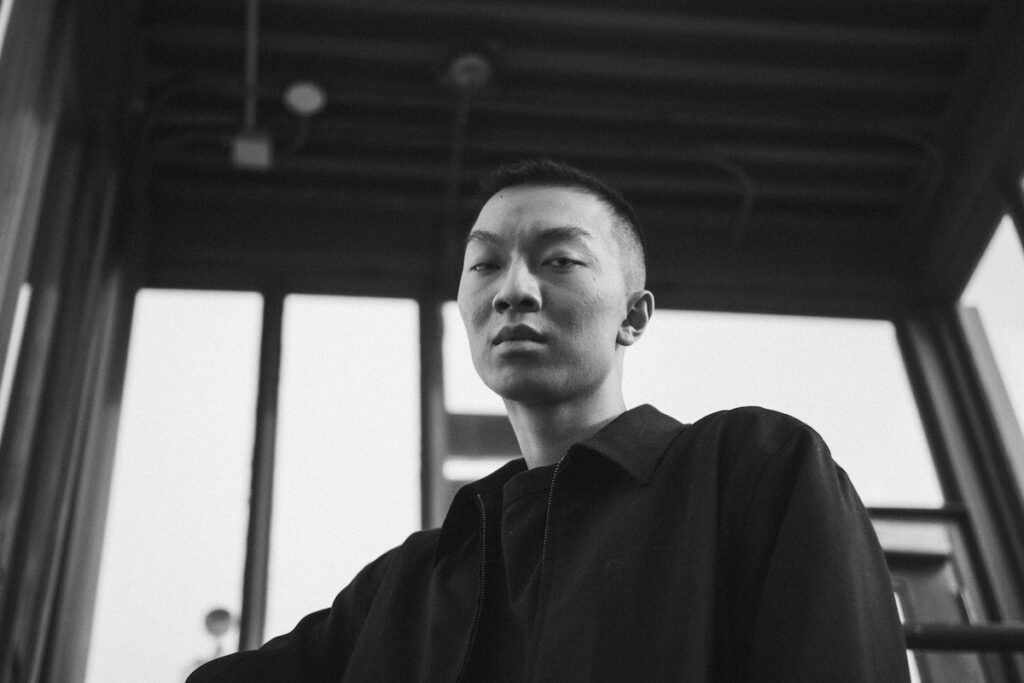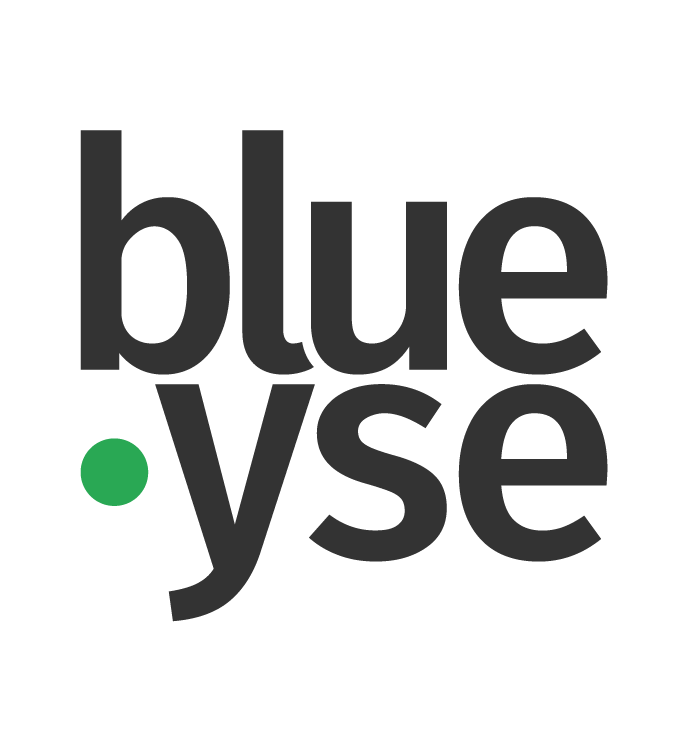
According to 2019 figures from CBS, 969,980 people in the Netherlands have an Asian migration background. In addition, over 217,767 expats from Asia live in the Netherlands. In terms of size, the fifth largest non-western immigrant population in the Netherlands is from China. The Dutch population with a Chinese background is very diverse. About 77,000 come from China, Hong Kong, Macau, and Taiwan. In addition, about 25,000 of them originally come from Indonesia, Malaysia, Singapore, Vietnam, and Suriname. Many went to the Netherlands for work or family formation and reunification.
By 2021, the following figures are of Dutch people with an Asian migration background.
| Indonesia 352,266 | China 81,735 | Vietnam 24,594 | Thailand 22,642 |
This includes people born in said countries (the first generation), as well as residents born in the Netherlands with at least one of whose parents was an immigrant (the second generation).
Asians are almost invisible in Dutch society
Many people still associate the Asian community with restaurants and trade. Asians are also considered as the ‘model minority’: a minority group that adapts to the so-called dominant culture. This term comes from Asians’ cultural tendency to be modest and the stereotype of not being as troubling as other minorities. Many Asian Dutchmen do not see themselves as Asians. Most grew up in predominately white environments with few others who looked like them. As a result, they are more likely to identify as white. Without a considerable presence, there was no eager call for belonging within the Asian community. Asians are almost invisible in society; they are not included in official surveys and censuses. For example, the Central Bureau of Statistics accounts for the country of origin, but this only includes first and second-generation migrants, not subsequent generations. Also, adoptees are considered one hundred percent Dutch, even though many come from Asia. Therefore, only a portion of the Asian population is accounted for, which is not a representative sample of the community. Furthermore, Asians have little or no role models.
Dutch people of Asian descent are often victims of racism
Many people have the idea that anti-Asian racism has only been around for a few years or that it is primarily a problem in the United States. These are misconceptions. Dutch people of Asian descent are more likely to be victims of racism than assumed. In research on discrimination in the Netherlands, anti-Asian racism is often not researched. There has been very little research into this. And that is surprising as there have been Asian migrants living in the Netherlands since 1900. The Netherlands needs to research anti-Asian racism and discrimination as there is a prominent lag for emancipation within the Asian community. For example, if you compare the Netherlands to the United States or the United Kingdom, you can see that the community there is much more united.
During the pandemic, racism increased
During the pandemic, racism against Asians rose sharply. By 2020, there were over 5500 reported incidents. That was more than a third of the total! Like the other groups, Asians face every form of racism imaginable. To give a few examples. Even today, Dutch people jokingly speak with an Asian accent when asking for sambal in their meals. The children’s song Hanky Panky Shanghai is also still sung in schools. It especially bothers the Chinese Dutch that people often don’t even understand how hurtful a song like Hanky Panky Shanghai really is. “According to Article 1 of the Constitution, any discrimination based on skin color or culture is prohibited. That’s what you do by making jokes about gooks or the Chinese language. It’s not funny, it’s not satire, and it certainly doesn’t fall under freedom of expression.”
Pan Asian Collective
Hui-Hui Pan felt deeply unhappy when she started working at Heineken after graduating in 2006. Her colleagues were almost all male and had been members of the corps. ‘I quickly discovered that I didn’t fit into the picture. I was hired with the best intentions: Heineken wanted more women and more people of color. But if you only put one person there, you’re actually asking them to assimilate to the rest. Pan became increasingly concerned with diversity and inclusion and founded Pan Asian Collective (PAC) in 2006. PAC brings together creatives with Asian roots to connect them, inspire them and increase their visibility.
Change takes time
If you want an inclusive world, then society must be well presented in the media and politics. That takes time. Many people concerned with diversity and inclusion forget about the Asian community. Therefore it helps if more people speak out and actively participate in the discussion. And not only the Asian Dutch population but all Dutch people.
Sources
Why Asians are always forgotten in research on discrimination: https://www.mareonline.nl/achtergrond/waarom-aziaten-altijd-worden-vergeten-in-discriminatieonderzoek/
Migration-Nationalities-Born Countries: https://allecijfers.nl/migratie-nationaliteiten-geboortelanden/
I am Én/Én: Hui-Hui Pan: https://www.nieuwwij.nl/ik-ben-en-en-en-jij/ik-ben-en-en-hui-hui-pan/
Hui-Hui Pan: https://panasiancollective.com/collective/hui-hui-pan/
Asian(s) in the Netherlands: https://www.universiteitleiden.nl/en/events/2022/04/asians-in-the-netherlands
Discrimination of Asians in the Netherlands: https://asianraisins.nl/en/discrimination-of-asians-in-the-netherlands/
Asians in the Netherlands: the hidden discrimination: https://www.31mag.nl/asians-in-the-netherlands-the-hidden-discrimination/
Attention to anti-Asian racism is needed: https://www.universiteitleiden.nl/nieuws/2022/04/aandacht-voor-anti-aziatisch-racisme-is-hard-nodig
Hanky panky Shanghai sung in schools? ‘Still hear those stories’: https://www.nu.nl/binnenland/6030015/hanky-panky-sjanghai-gezongen-op-scholen-hoor-die-verhalen-nog-steeds.html
Pan Asian Collective: https://panasiancollective.com/
